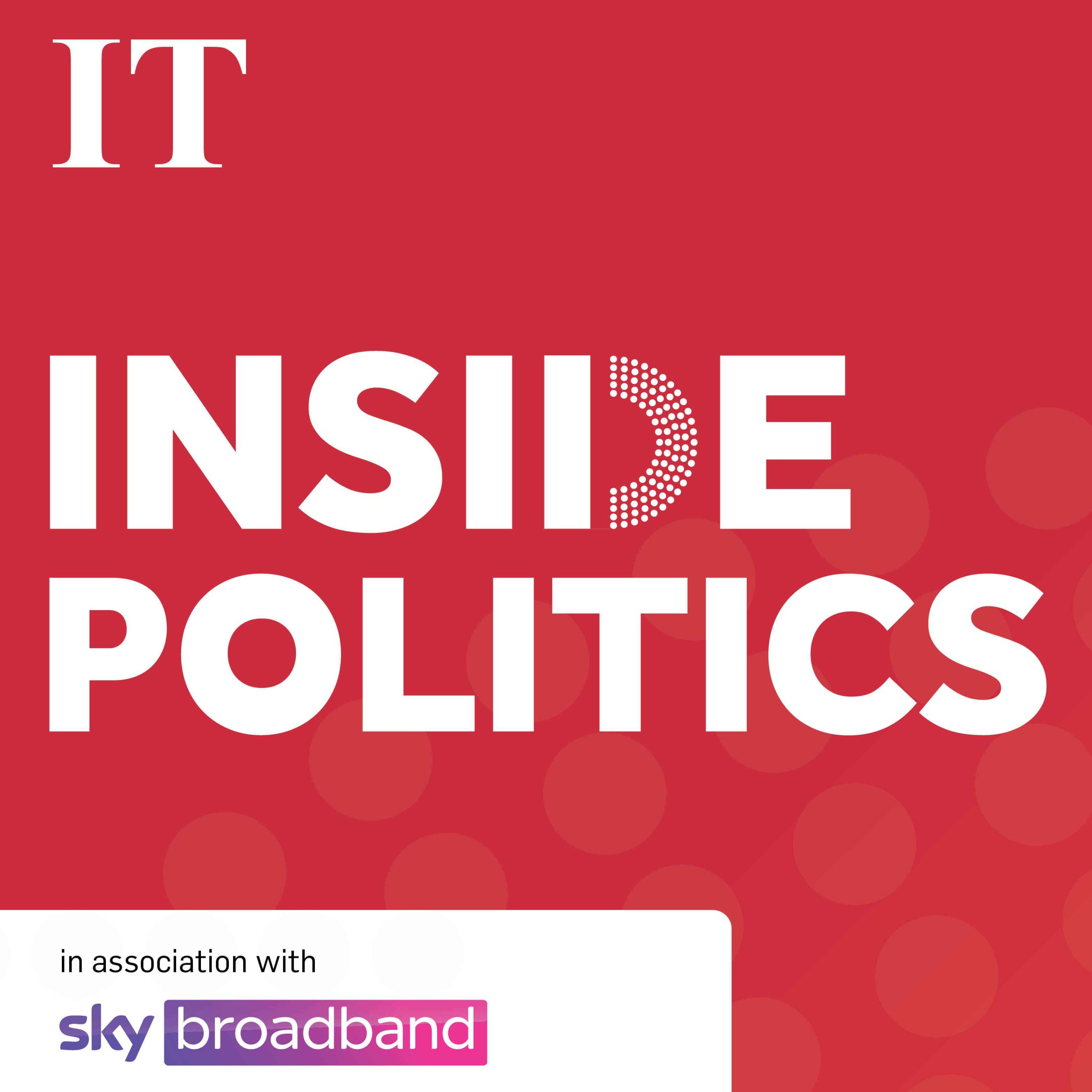The enhanced pay offer by the Government to the public sector unions, finalised on Tuesday morning after all-night discussions, is likely to buy valuable industrial peace in the public sector during a period of extreme economic and political uncertainty. But it comes at a significant price which will mean budget options throughout Government significantly constrained.
Both political and trade union sources, bleary-eyed after the marathon negotiating session at the Workplace Relations Commission, were optimistic that the deal will be accepted by trade union members in the coming weeks. Union chief Kevin Callinan made clear his judgment that this is the best deal that can be achieved through negotiation — in other words, the only alternative to accepting this deal is a campaign of industrial action, a course of action which has a necessarily uncertain outcome.
So union members will be faced with a choice between the guarantee of a respectable pay rise, backdated to February of this year and paid shortly in a lump sum and with more pay rises to come next year, or embarking on a series of rolling strikes in the hope of a better outcome. “People don’t really like taking industrial action, especially if they’re already worried about money,” said one official.
Opponents will argue that the deal, which comes in below the rate of inflation, will mean accepting a cut in disposable income for public servants. That much is true. Whether a campaign of strikes would deliver a better outcome is a much shakier proposition.
READ MORE

Robert Troy affair raises questions about standards, transparency and conflicts
According to union sources, most of the leaderships of the various public sector unions are expected to recommend acceptance — though some may choose not to — of the deal by its members. Each union will then make up its own mind, most or all through membership ballots. Once that process is complete, likely in early October, the Irish Congress of Trade Unions will make its decision on the basis of the aggregate results of the individual union ballots. Each union is given a weighting depending on its number of public service workers, meaning that the small number of the big unions effectively control the outcome.
Union leaders are likely to argue that they have got a significant improvement on the terms offered at the beginning of the summer. Then, the Government was prepared to offer an extra 5 per cent between now and the end of 2023. On Monday, officials from the Department of Public Expenditure tabled an improved 6 per cent offer; the overnight negotiations turned that into 6.5 per cent, with add-ons for lower-paid public servants.
And that’s not over two years, as some of the reporting would have it — it’s between now and the end of next year, which is 16 months. The backdating to the beginning of February this year — to be paid soon after approval, Government sources say — makes the carrot bigger and juicier.
What does the Government get in return? If accepted, the deal avoids the prospect of rolling strikes by teachers and nurses and other public servants at a time when the Coalition is likely to be under extreme political pressure from the rising cost of living. Ministers and senior officials looked across the Irish Sea at the industrial warfare between the Government and unions there and resolved to avoid that outcome, if at all possible.
‘We’re all in this together’
There is another, perhaps less tangible, benefit of reaching a deal for the Government. The predominant narrative of the Opposition, led by Sinn Féin, is of a Government that is removed from the concerns of ordinary people: them vs us, insiders vs outsiders, elites vs regular joes. The Government, by contrast, wants to convince people that we’re all in this together — that the Government and unions (and other interests), working in unison, can identify a common good and combine to achieve it. An agreement supports the Coalition narrative, not the Opposition one.
But as sources all around Government acknowledged, it comes at a significant price. The budget spending limits agreed by Ministers in July mean that there is €2.7 billion for extra recurring spending measures on budget day; as Minister for Public Expenditure Michael McGrath revealed today, the cost of the deal with be €1.4 billion, or more than half of that allocation.
In other words, the costs of the pay agreement will limit spending increases in social welfare, education, health and right across the entire range of Government activities. Agreeing the forthcoming budget just got an awful lot harder.













